Welcome to our exploration of two exciting tools in the domain of data management and analytics: Snowflake & Nected. If you’re an organization which deals with big data processing and seek methods to improve your efficiency, you must have heard about Snowflake. This is a cloud based data platform that has recently become popular for its capabilities of processing large data with AI/ML & advanced analytics, at the highest level of efficiency and scalability. But like any other tool it has its pros & cons.
That is where Nected comes into the equation to make sure that everyone is in agreement of the outcome. Just imagine that Nected is that friend, who comes just at the time when we have the thought process like “oh I wish it could be a little less complicated to do this”. It is a tool that takes the burden off of as far as tasks are concerned, particularly those concerning data handling and automating workflows.
We are not here today to come directly and bombard you with the many technical terms which most of you, as IT managers already know. In such a case, let us take a more easy approach at getting an understanding of what Snowflake, and Nected actually provide. Further, we’ll discuss the pros and cons of using Snowflake and then we will observe how Nected helps to make it better.
Suppose you are in a project which is utilizing Snowflake, and there is a certain operation you perform frequently. We will gladly take that task on, explain how Nected can improve it with its rules engine & workflow orchestration capabilities and guide you through the process. It’s definitely like using a guide that one can actually read with joy and follow with ease.
We will also explain how these two tools can complement each other to help you make your work not just productive but also easy & less time taking. In fact, everyone wants to make complex day to day processes easier. Let's get started!
What is Snowflake?
Snowflake is an online data warehousing business that has a distinct structure that isolates storage and computing mechanisms. Essentially, Snowflake is a highly accessible and massively scalable data warehouse service that aims to address large amounts of structured as well as semi-structured data. It is renowned for its capacity to analyze intricate search information through advanced analytics, which makes it ideal for business organizations that handle massive data.
Pros of Snowflake:
1. Scalability: Snowflake can manage huge datasets as well as the large number of concurrent users without compromising performance and is both elastic and can scale either up or down. It enables companies to effectively manage their resources and expenses since they can easily adjust their operations to different scales.
2. Advanced Analytics: Snowflake also integrates the analytics solution with artificial intelligence (AI) and machine learning (ML) to improve business decision-making processes and simplify analytical functions.
3. Performance: Their ability to support and analyze multiple clusters as well as the use of shared data means that query processing can be done quickly even if it involves a large amount of data. This means you can gain more insights from your data within a shorter span of time.
4. Ease of Use: Snowflake has a friendly UI and is SQL based so users familiar with SQL can easily interact with the data. That minimizes the steep learning curve for many data professionals.
5. Data Sharing: It gives secure and simple means for inter-organisation data sharing without transfer or replication of data. The benefit for this feature is especially valuable if a company has to involve other organizations as its partners or share information with its clients.
6. Multi-Cloud Support: Snowflake can operate on several cloud providers, including AWS, Azure, and Google Cloud, allowing organizations to have a variety of cloud solutions.
7. Separation of Storage and Compute: This is a special advantage since storage and computing can be scaled to different levels and this could be cost effective and the system performance optimized.
8. Support for Semi-Structured Data: JSON, Avro and numerous other semi-structured records can be processed by Snowflake with no additional conversions, which is crucial in modern data environments.
Cons of Snowflake:
In this case, while Snowflake is superior in the aspects of data storage and computation, it does have some drawbacks including but not limited to the fact that it is not particularly well suited for certain specific use cases such as intricate business logic and various workflow management. It becomes clear that these limitations can be effectively addressed with Nected.
1. Complex Business Rules: One potential area to be careful about is that although Snowflake is excellent for data processing, it may be less ideal for capturing intricate business rules, particularly within the low-code/no-code paradigm. This is something that Nected is very good at because it enables formation of very high performing and scalable rules for large volumes of data even without much coding.
2. Workflow Automation: Users may experience difficulties when designing and implementing complex multi-stage processes that incorporate decision-making scenarios. Snowflake’s primary use case is in data storage and processing rather than managing complicated business workflows.
3. Integration Complexity: Although Snowflake can link with numerous systems and applications, optimizing complex, multistep workflows across various platforms would be a challenge. Nected can serve as an orchestration layer and make this process easier as well as improve the design of functioning applications that interact with Snowflake.
4. Cost Management: Flexible yet still, Snowflake’s model with its pricing structure may be costly for companies, especially if they have fluctuating or large numbers of queries to process. There is a need to regulate costs and, therefore, one has to manage compute resources carefully.
Through the integration of Snowflake with Nected, users can avoid these shortcomings and use the features of both platforms, enhancing time efficiency, scalability and usability of the data applications. This arrangement makes it possible to offer a more comprehensive approach to data management and analysis, where high data processing power exists side by side with sophisticated rule engine and workflow automation functionalities.
Exploring Nected: Enhancing Snowflake Capabilities
Nected is a powerful tool to be used to support data platforms such as Snowflake. It shines where Snowflake has limitations, such as in developing complex business rules and managing intricate workflows. Nected’s platform, thus, is all about the automation of the workflows and creation of rule engines with seamless integration involved as well, offering the low-code/no-code development with the strong emphasis placed on simplicity, yet efficacy.
Benefits of Using Nected with Snowflake:
1. Simplifying Complex Business Rules:
One of the challenges when working with Snowflake is the ability to implement complex business logic, particularly when working with large data sets. Nected aims to address this problem by offering a tool in which the user is able to create extensive business rules with little to no programming experience. This feature will be particularly advantageous to users that require complex computations on the Snowflake data returned by fields and may not possess the necessary skills or resources to write routines to represent such rules from scratch.
2. Workflow Automation and Orchestration:
The data processing in Snowflake is very strong, but it may not be as easy as other services when it comes to creating and handling workflows. Nected can be used as an orchestration layer to create complex scenarios using the Snowflake data and other systems and to automate those scenarios in an efficient manner. This integration capability is very important for applications which are based on various data sources and services in order to maintain proper coupling and interaction.
3. Enhanced Scalability and Customization:
Nected’s platform, on its own, offers high scalability whereas Snowflake’s scalability aligns with Nected’s scalability. This adaptability, coupled with modularity of the workflows and rules, makes Nected the perfect match for Snowflake. Business logic and integration of the data activities can easily be extended and the users can therefore be sure that scaling of data operations is possible to handle the higher loads and increasing complexity of the organization.
4. Low-Code/No-Code Environment:
Nected has a great graphic user interface for creating and implementing rules and workflows. This low-code/no-code approach enables business users and analysts to deploy complex logic on Snowflake data without much coding skills, thus closing the gap between business and IT.
5. Serverless Benefits:
Like Snowflake dealing with computing in a cloud-native way, Nected provides users with serverless options, which means they do not have to solve infrastructural problems. Arguably, this feature fits well the Snowflake architecture as it creates a single, consistent environment from the data processing layer and through the business logic layer with little to no impacts on other infrastructure aspects.
Essentially, when Snowflake is integrated with Nected, the user can extend the functionality of the data platform to a great extent. From a front-end perspective, Nected aligns well with handling many business rules, managing the workflow, and providing a secure and extensible environment where business analysts can work; this aspect fills in the gaps that Snowflake does not cover but excels at data processing. Combined, this makes possible the development of better and more efficient, powerful solutions, as well as user-friendly interfaces that maximize the usefulness of the data solutions.
Try Nected today & simplify your workflows!
Enhance Workflows with Snowflake x Nected
Let us take an example where Snowflake excels and also experiences some struggle. Suppose there is a big e-commerce company “GlobalShop” that uses Snowflake and is one of the leaders in the online shopping domain. Their platform is in charge of handling a large amount of data and processing millions of transactions daily, as well as constantly updating real-time inventory information of a number of warehouses. Due to Snowflake’s strong data warehousing and the ability to meet high-scale analytics, it is perfect for such data intensive uses.
Challenges Faced by Snowflake
Snowflake provides high-performance results while working with massive data and data analysis; however, it becomes problematic with regard to implementing multi-layered business logic and managing interactions between multiple systems. For example, in our example, the intricate strategy of GlobalShop can get challenged in executing complicated pricing techniques, managing real-time inventory across numerous systems, or integrating several third-party services or applications (for instance, shipping vendors or marketing platforms) within Snowflake.
Nected's Role in Enhancing Snowflake Database
This is where Nected steps in, to fill the gap and is like putting in one final piece of the jigsaw puzzle. Nected can address these specific challenges by:
1. Implementing Rules:
Nected provides GlobalShop with the structure, affording it the ability to create and manage highly specific rules without extensive coding knowledge. With Snowflake’s help, Nected can use AI/ML and advanced analytics to meet specific needs of some businesses including GlobalShop.
2. Seamless Workflow Orchestration:
Nected enables the orchestration of multiple processes, for instance updating inventories across different warehouse locations, pricing strategies, and order fulfillment processes. Using the AI/ML features of Snowflake, businesses can keep track of inventories and price changes automatically across all the connected systems, thereby creating a seamless and effective e-commerce environment.
Now, imagine a scenario where GlobalShop needs to implement a flash sale campaign. Before Nected, this process involved:
1. Manually extracting necessary information by hand from Snowflake data (current inventory, customer segments, prior sales data).
2. Implementing various pricing formulas via coding that reflect the business’s strategies and rules regarding discounts.
3. Manually adjusting inventory values and other parameters at multiple locations or in various systems.
4. Working in collaboration with the marketing department to design and initiate various promotional activities.
5. Observing the statuses of sales and making changes to the parameters as necessary.
This was very time consuming, a task that at many occasions involved a lot of errors and inefficiencies. Now, with Nected integrated with Snowflake, the process looks like this:
1. In Nected’s easy-to-use interface, we can configure the rules of the flash sale.
2. Integration is set up to automatically retrieve information worked on by solid AI/ML analytics (inventory stocks, customer categories, previous records).
3. In Nected, the pricing engine uses the sale rules, though for stock availability, customer ratings, and real-time competitor offer prices etc..
4. Nected trigger workflows to:
- Modify the prices in e-commerce system
- REMIND eligible customers of their special status by sending out e-mail or other notifications.
- Optimize the relevant inventory levels in all the warehouses
- Align expected volume rises with shipping partners
5. During the sale process, the data of Nected is always real time in Snowflake (e.g, stock level, sell through rate) and may change the sale parameters on the fly if necessary.
To explore how you can seamlessly integrate Supabase with Nected and elevate your application's capabilities…Watch this video.
This integration just doesn't shorten the time required to adopt complicated business strategies, but it also minimizes the risk of errors while improving the organizational effectiveness of GlobalShop. It minimizes involvement in technicalities of data handling and system integration hence, the team can dedicate much of their time in strategizing on how to enhance customer experience. Also it enables Nected to use the advanced analytics + AI/ML to make the rules & workflows more powerful.
The synergy of Snowflake and Nected, the former offering superior data processing of large amounts of information with predictive analytics, and the latter with an intelligent approach to the e-commerce platform’s underlying rules and workflow, make for a strong, adaptable and agile e-commerce environment. Both platforms when used together act as a revolutionary approach for any business.
Read Also: Maximize Efficiency with Supabase and Nected Integration
Other Perks of Using Nected with Snowflake
Bringing Nected into your organizational system has many advantages and features, which go beyond the standard potentiality of both Snowflake and Nected. Here's a detailed look at the additional perks of this integration:
1. Dynamic Rule Application and Personalization: Low code/No code rule engine of Nected helps to model business rules in flows and actions, specific for each connected object. This capability is most valuable when paired with the tremendous data storage capacity of Snowflake and can provide unique responses to user engagements and data updates. For instance; it becomes easier to provide custom product suggestions or run marketing strategies that can increase user satisfaction and operational flexibility as a business.
2. Rapid Experimentation and Iteration: In Nected, the Experimentation Engine itself supercharges growth and conversion by allowing various forms of experiments including Multivariate and Split-API Testing. Used together with Snowflake, this makes it possible to go through multiple iterations and optimization of data driven approaches in the shortest time possible. This feature makes it possible for the businesses to experiment on actual data obtained from Snowflake on pricing strategies, marketing strategies and consumer segmentations in order to meet current trends embraced in the market domain by the customers.
3. Efficient Workflow Management: The various applications and the generation of special work-flows are possible by the help of Nected’s WorkFlow Manager. Coupled with Snowflake’s data processing features, rapid experimentation and iterations for the processes’ continuous enhancement guarantees fluidity and efficiency in the data workflow evolution at Snowflake. It is invaluable for manufacturing constructions with fluctuating rules, like supply chain, financial statements or customer’s journey.
4. Enhanced Security and Scalability: Nected is developed based on the industry standards, so clients get secure and scalable solutions. When implemented within Snowflake, this further bolsters the security and data handling of these operations to other systems, the solution offers a strong framework for managing large scale workloads and sensitive information across many systems.
5. Customization and Flexibility: Nected is fully flexible on the configurations of the workflows and rules by allowing the application of custom JavaScript code. When used with Snowflake this level of customization offers the power to enhance the design of data applications for business cases that would not typically be possible or efficient using solely SQL.
6. Audit Trails and History Logs: The platform offers audit trails and history logs to correctly identify rules and counterparts for change. This feature is extremely useful for governance and auditability purposes and is crucial when handling transformations and data manipulations within Snowflake.
7. Seamless Integration with Existing Systems: Nected can also operate as a microservice in your architecture to seamlessly connect, interact and interoperate via API and event triggers. The ability of the solution to integrate seamlessly is a major boon for Snowflake users who would like to supercharge existing data applications with rule engines and workflow orchestration.
8. Custom Connector Support: It supports most popular connectors and it can create a connector according to people’s needs. This flexibility is great for Snowflake users who want integrations that get the most out of their data platform in other business applications.
And if you think that combining Snowflake and Nected is a pretty good way to get your data to the fast track, just imagine how fun it is. Imagine Snowflake as the fast train that transports your data where it has to be taken, and Nected as the good advice, which takes into consideration each bend along the way. These tools not just make what seems to be complicated processes a lot simpler but also frees up your time to work on what truly matters; giving your customers what is unique to them. This isn’t just about using better tools; it’s about a complete rethink of how your business engages with data and is prepared for whatever new future awaits.
Technical Advantages, Practical Benefits, and Potential Limitations
Now let’s try to see how both Snowflake and Nected operate in more practical terms. Let us consider the technical advantages, practical benefits, and potential limitations of this integration.
Technical Advantages:
1. Snowflake:
- Supports data storage and retrieval, batch processing of regular and complex data structures. It offers a unique design that serves to partition computation from storage so that they can be independently scaled. Where AI/ML capabilities are strong, data can be very distinct.
2. Nected:
- Offers a platform on which the complex business rules and/or workflows can be created using either low or no programming. Provides an enhanced rule engine for working on a broad range of data points at the same time. Supports third-party integration of multiple systems and API connections.
Practical Benefits:
1. Efficiency: Saves time and effort for using large datasets for implementing complex business logic. Saves time for activities that would otherwise have to be done manually due to their several steps.
2. Accessibility: Nected’s user interface also enables all the members of the team to participate in data projects regardless of their expertise. Interacts between the IT and business sides by proactively adopting the business rules for execution.
3. Enhanced Decision Making: Integrates analytical features of Snowflake with rule processing of Nected, and thus, provides more accurate and timely decisions.
Potential Limitations:
1. Learning Curve: With two strong platforms, there are basic considerations that have to be understood before integration, which sometimes can be complex for some teams.
2. Dependency: Engaging both platforms also means observing the updates and changes that happen to either system, which also means ongoing updates.
3. Cost Considerations: Although the integration has its advantages, organizations have to factor in cost of both platforms in their balancing of costs.
In conclusion, Snowflake integrated with Nected is about augmenting your data strategy by becoming faster, more agile and more insightful. Snowflake contributes the solid data and computing environment for hosting and processing thereby Nected offers the intelligent and rule based workflow management layer on top of it.
This integration provides interesting technical benefits as it wraps the capabilities of Snowflake’s data processing with the rule engine and the workflow capability of Nected. In practice, it contributes to more time effectiveness, greater usability for developers other than IT, and better decision making.
It is most helpful to organizations that have to handle large data processes, business rule systems and decisions. Indeed, this is one of the most sound decisions, which not only enhances the overall process, but also results in growth of businesses.
FAQs
1. What is the Snowflake database?
Snowflake is a cloud-based data warehousing platform that provides storage and compute capabilities for large-scale data processing and analytics. It's designed as a SaaS (Software as a Service) offering, allowing businesses to store and analyze data using cloud-based hardware and software.
2. Is Snowflake the same as SQL?
No, Snowflake is not the same as SQL. SQL (Structured Query Language) is a standard language for managing and manipulating relational databases. Snowflake, on the other hand, is a data warehouse platform that uses SQL as its query language. While Snowflake supports ANSI SQL, it's a complete data warehousing solution, not just a query language.
3. Is Snowflake a database or ETL tool?
Snowflake is primarily a data warehouse, not an ETL (Extract, Transform, Load) tool. However, it does have some ETL capabilities:
- It's primarily used as a target for data storage and analytics after ETL processes.
- It offers some data transformation capabilities within its environment.
- For complex ETL processes, users often pair Snowflake with dedicated ETL tools or services.
4. How does Snowflake handle data security?
Snowflake provides solid security features including:
- End-to-end encryption for data in transit and at rest
- Role-based access control
- Multi-factor authentication
- OAuth support
- Compliance with various industry standards (HIPAA, SOC 1 and 2, PCI DSS, etc.)
5. How does integrating Nected enhance Snowflake's capabilities?
Nected enhances Snowflake's capabilities by providing an orchestration layer for complex, multi-stage processes. It enables easy creation and management of intricate workflows, bridging Snowflake's data processing power with advanced automation features in a user-friendly, low-code environment.
6. What are the key benefits of combining Snowflake's data processing with Nected's rule engine?
Key benefits include:
- Real-time application of complex business rules on large datasets
- Improved efficiency in implementing business logic
- Rapid iteration and experimentation without extensive coding
- Increased accessibility for non-technical team members
- Enhanced scalability for growing data volumes
- Enablement of personalized, data-driven responses




.png)
.svg)
.webp)

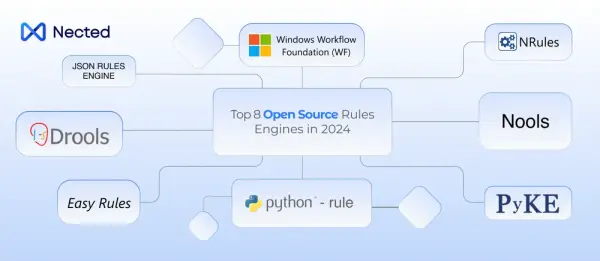



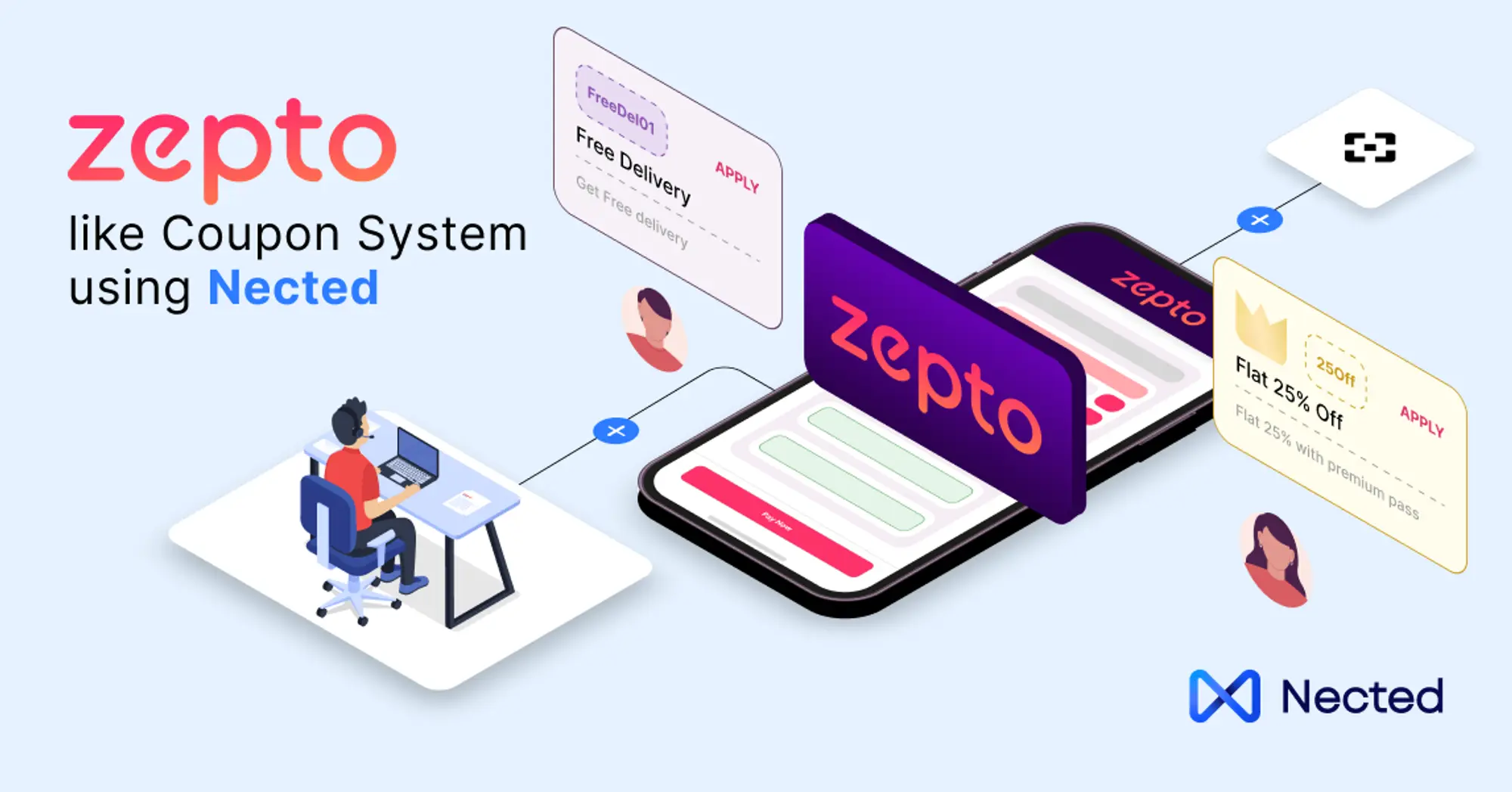
.svg)
.webp)
.webp)
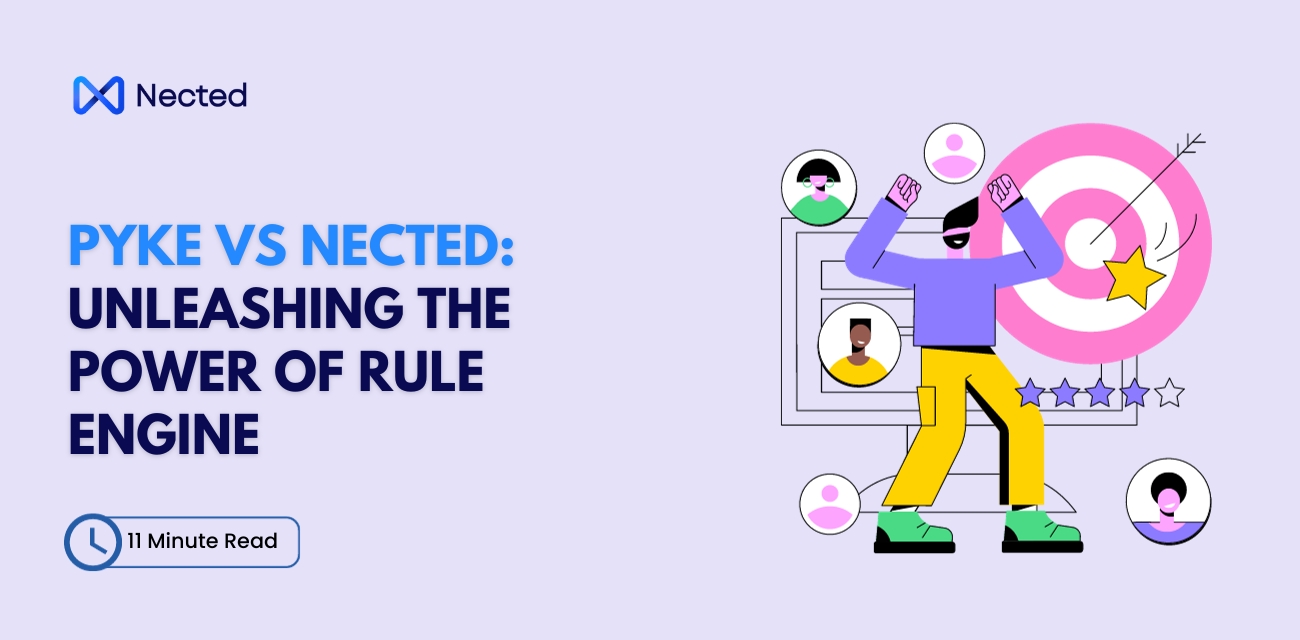
.webp)
.webp)

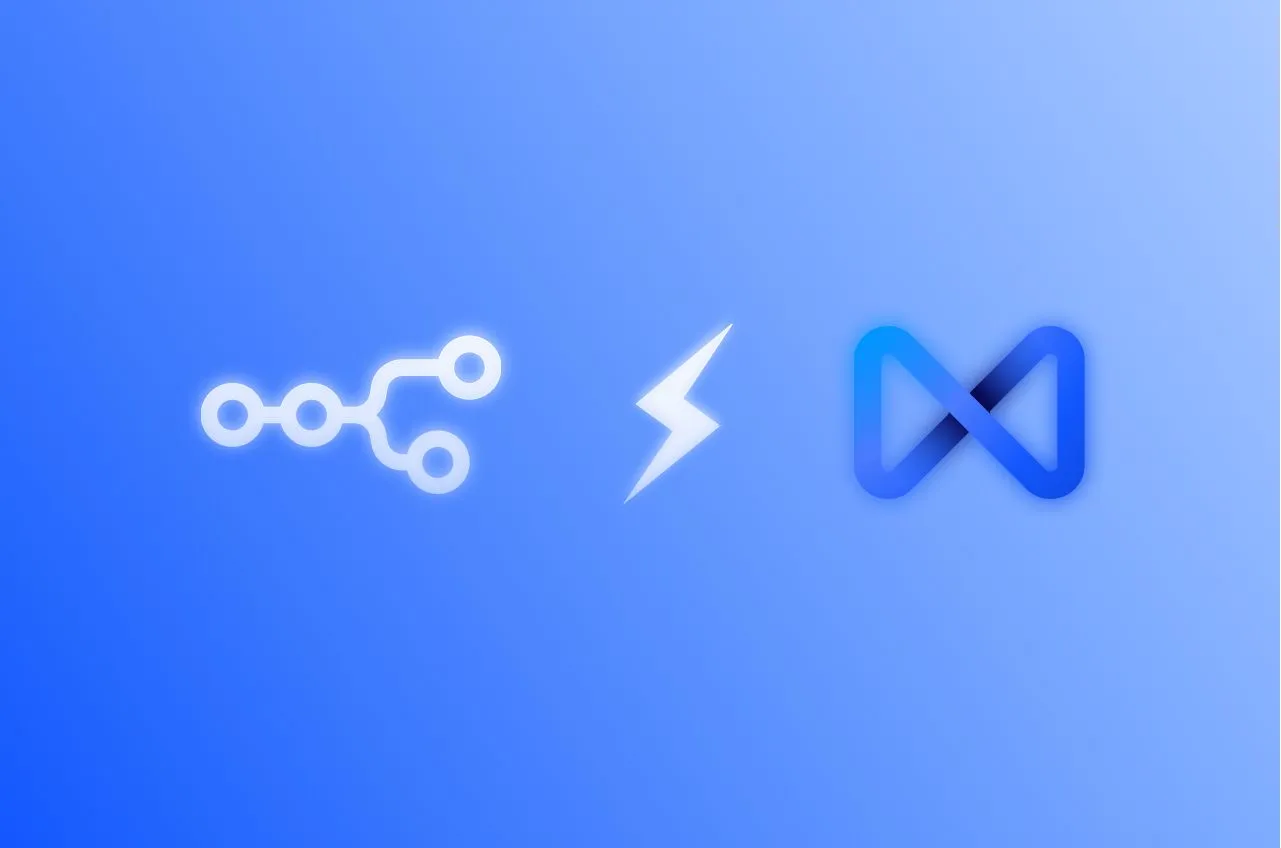
.webp)


.svg)
%2520(1).webp)




.webp)
.svg.webp)
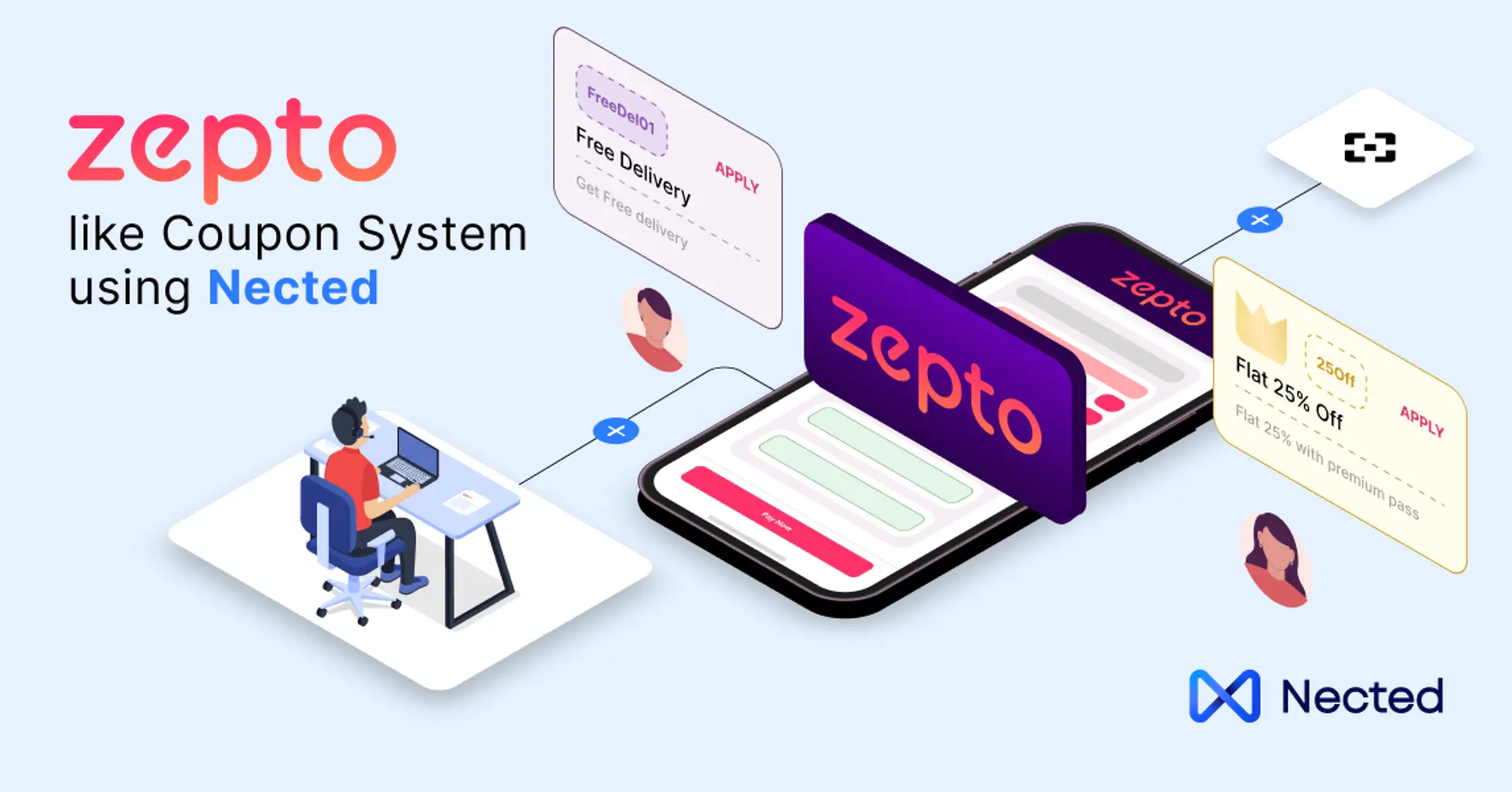


%20m.webp)
.webp)
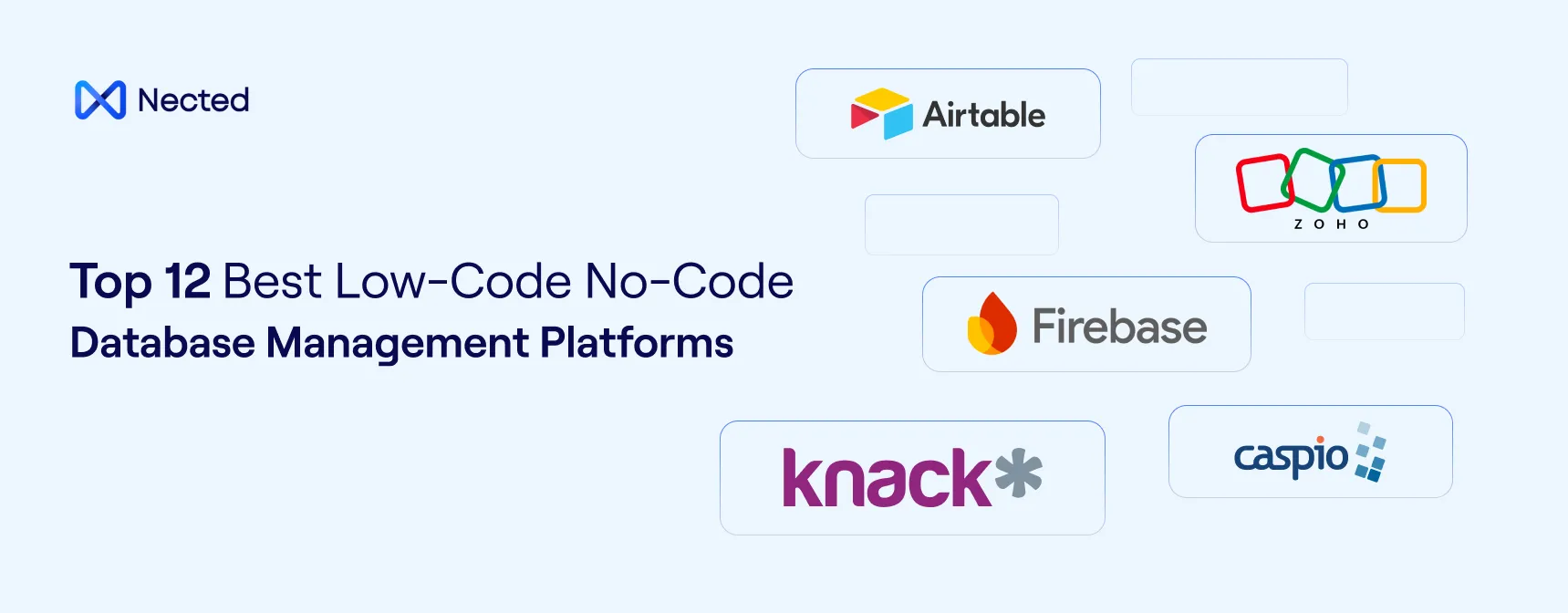
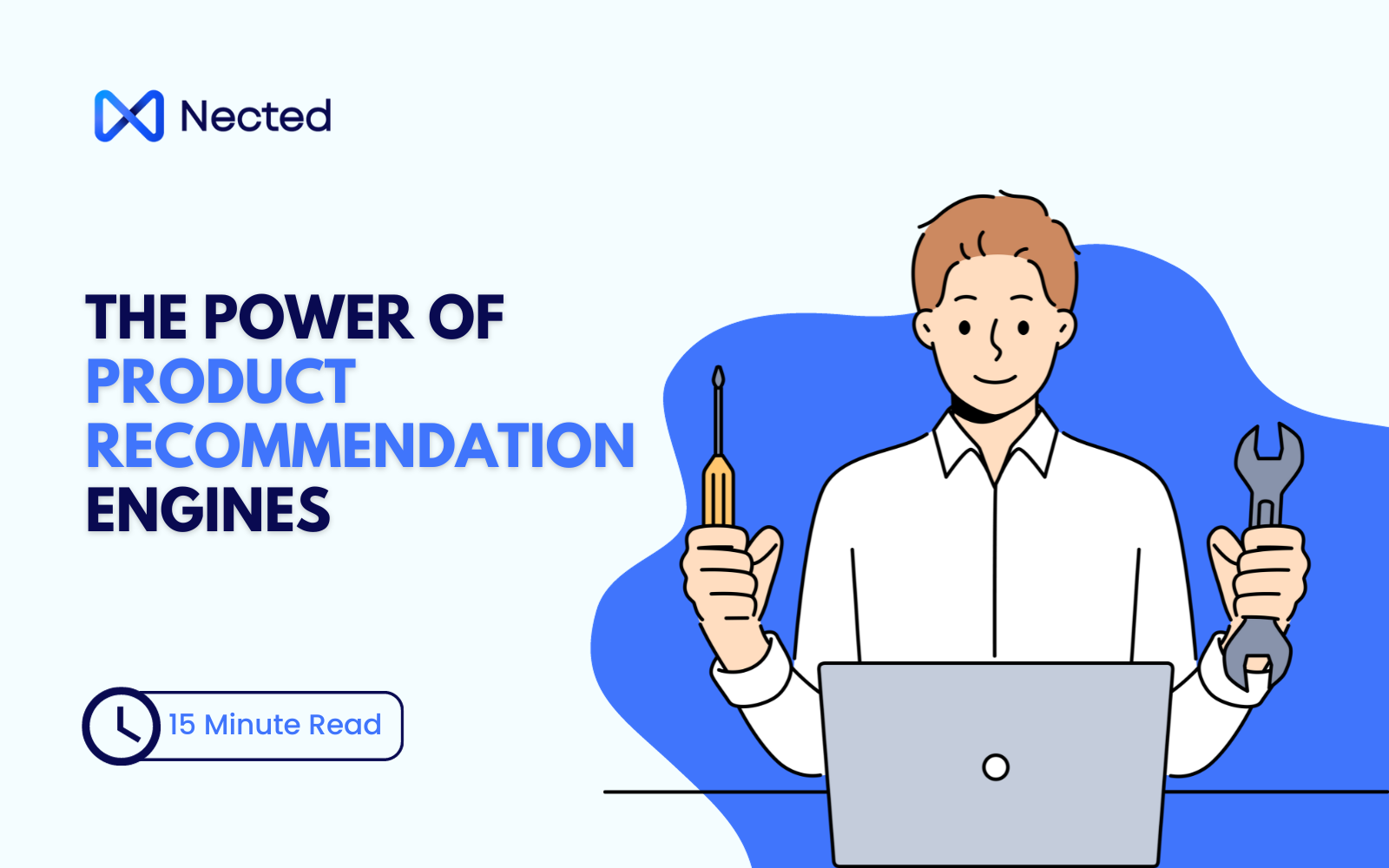
.webp)
.webp)


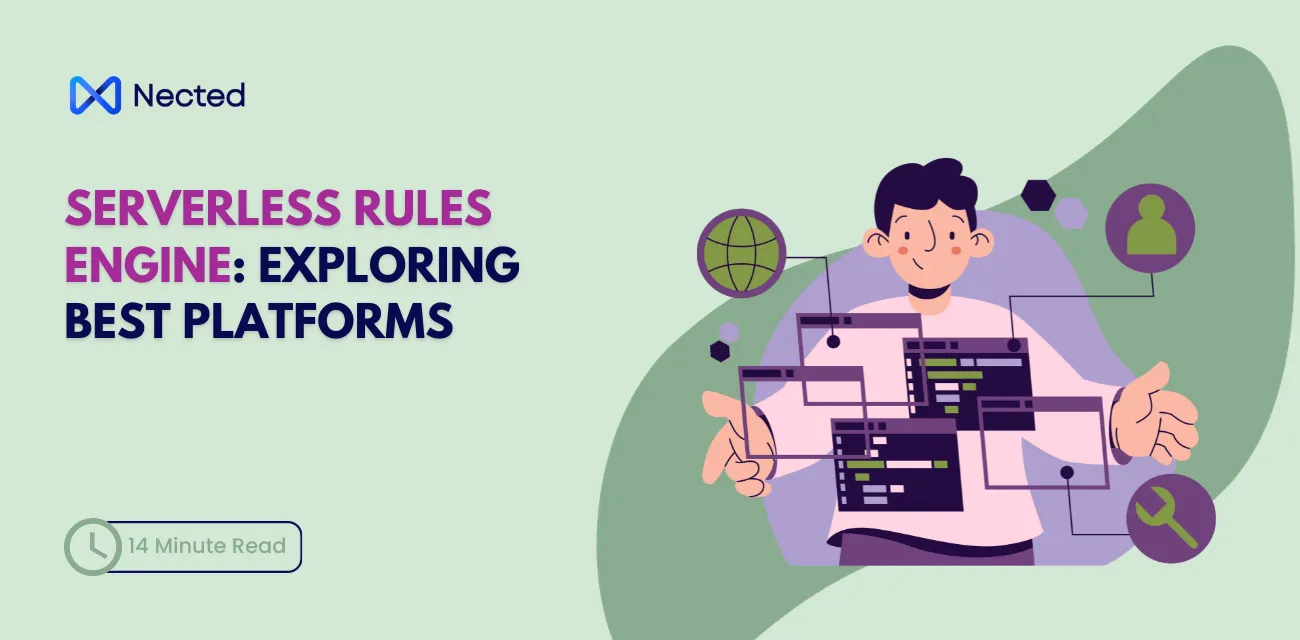
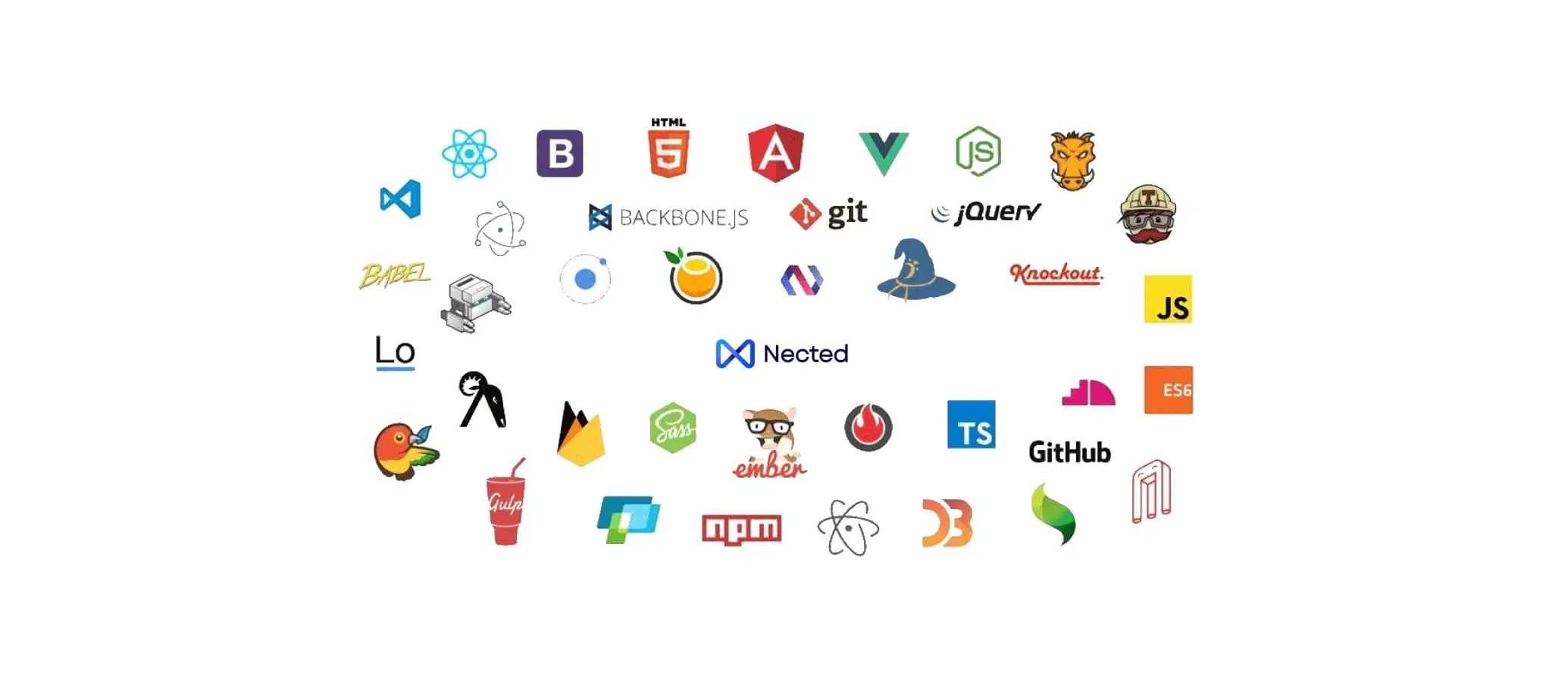



%20(1).webp)
